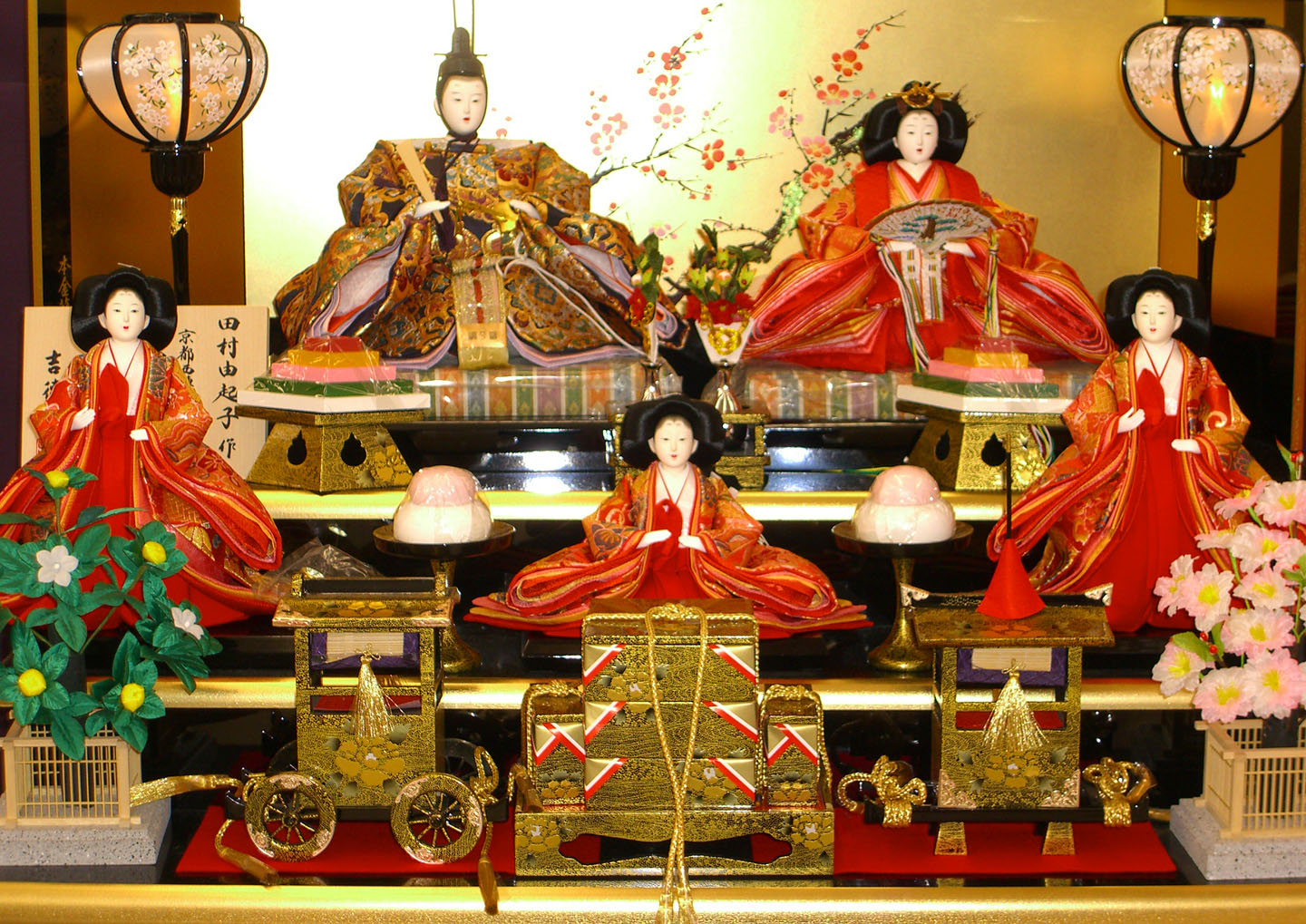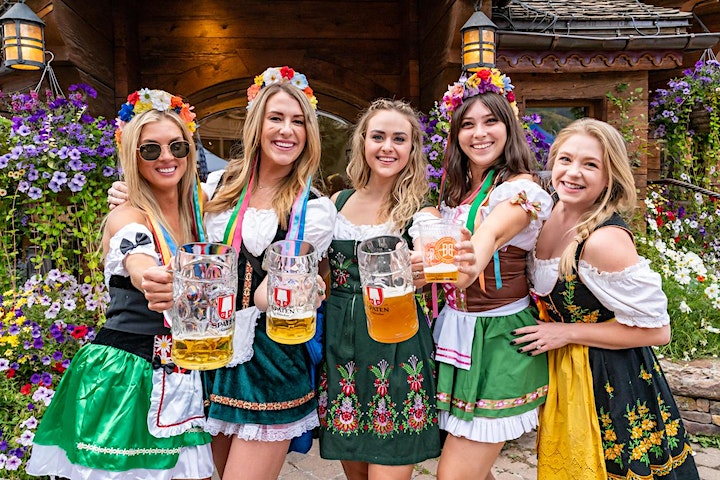marqaannews.net – Nestled within the cultural tapestry of Japan, a festival unfolds that is as captivating as it is unsettling. This is the tale of the Ningyo Matsuri, or the Doll Festival, an event that delves into the realms of tradition, superstition, and the uncanny valley. The festival, while deeply rooted in Japanese folklore and history, has garnered international attention for its eerie spectacle, inviting both the curious and the brave to witness the surreal display of hundreds, if not thousands, of dolls.
The origins of the Doll Festival trace back to ancient Japanese customs designed to ward off evil spirits and misfortune. It is believed that dolls can absorb bad luck and harm, protecting their owners from calamity. This practice, known as hina-nagashi (literally “floating the hina dolls”), involved setting dolls adrift on a river, symbolically carrying away any misfortune. Over centuries, these rituals evolved, merging with other traditions to form the modern Doll Festival, celebrated on March 3rd, known as Hina Matsuri.
However, the festival that captures the imagination with its eerie allure is not the traditional Hina Matsuri but a variation that has grown in popularity. These events, often held in temples, shrines, or historical sites, feature an array of dolls that are far from the delicate, ornate hina dolls traditionally displayed. Instead, they are an assemblage of dolls of all kinds, from antique to contemporary, some beautifully preserved, others showing signs of age and wear. This eclectic mix, combined with the sheer number of dolls on display, creates an atmosphere that is both enchanting and unsettling.
The dolls are arranged in a way that mimics a human community, with figures of all ages and roles. This setup, while intended to evoke a sense of nostalgia and connection to the past, can also elicit a feeling of unease. The unblinking eyes, the frozen smiles, and the silent stares of the dolls seem to draw visitors into a world where time stands still, a realm that exists on the fringes of the familiar and the unknown.
The festival’s eerie appeal is not just in the visual spectacle but also in the stories that accompany many of the dolls. Some are said to be haunted, with tales of strange occurrences and unexplained phenomena adding to their mystique. These narratives, whether based on fact or folklore, contribute to the festival’s reputation as a bridge between the physical and the supernatural.
Despite, or perhaps because of, its unsettling nature, the Doll Festival has become a significant cultural event that attracts thousands of visitors. It serves as a reminder of the complex relationship between humans and the objects we create, imbued with our hopes, fears, and beliefs. The dolls, once cherished companions or revered symbols, now stand as silent witnesses to the passage of time, their presence both a comfort and a caution.
In a world that often seeks to sanitize and simplify the past, the Doll Festival offers a glimpse into the shadows, inviting us to confront the ambiguity and mystery that lie at the heart of human experience. It is a celebration of tradition, a reflection on mortality, and a reminder of the thin veil that separates the ordinary from the extraordinary.
As the festival continues to evolve, it remains a testament to the enduring power of ritual and the human fascination with the unknown. For those who dare to look beyond the surface, the Doll Festival of Japan offers a unique encounter with the eerie, the enchanting, and the eternal.


